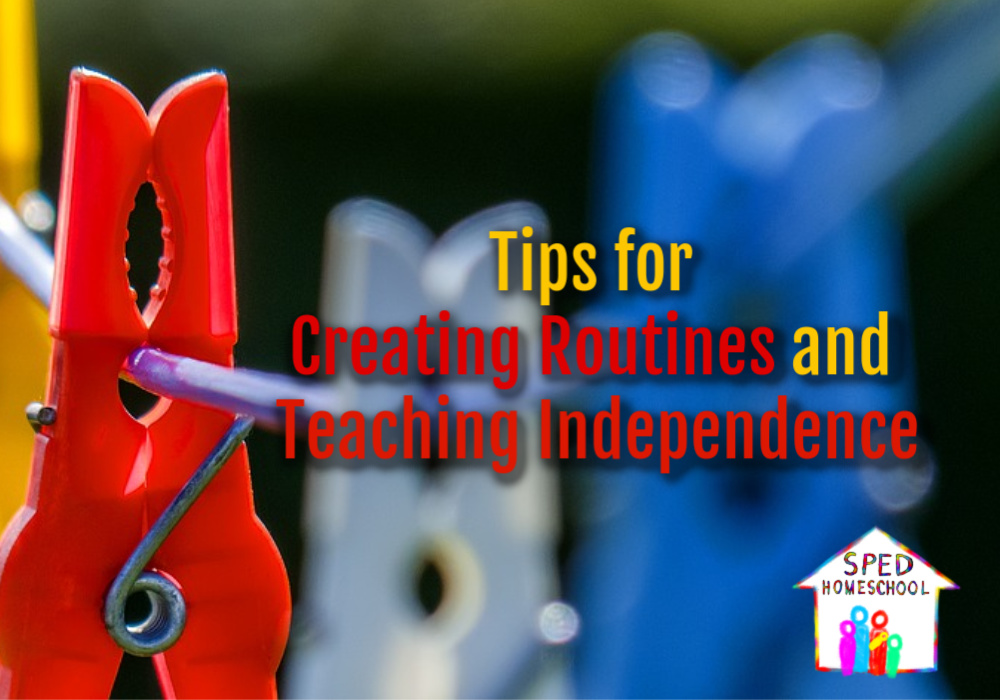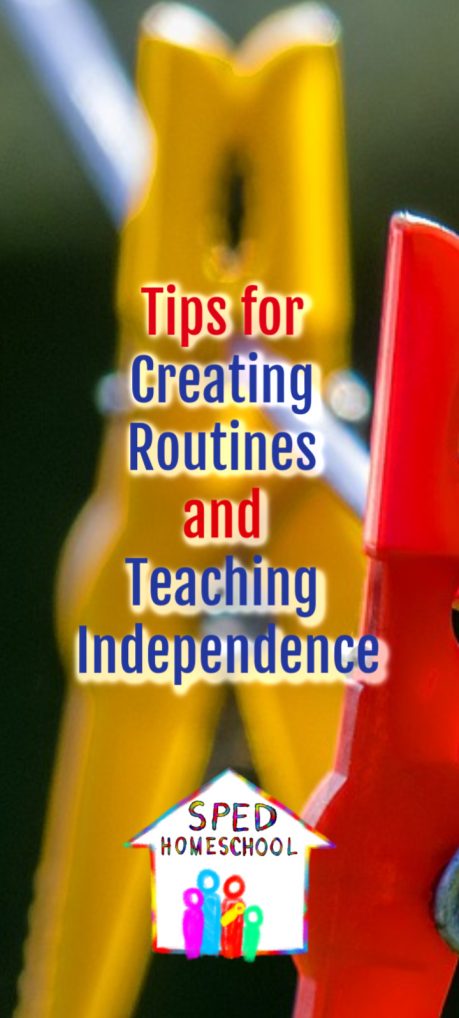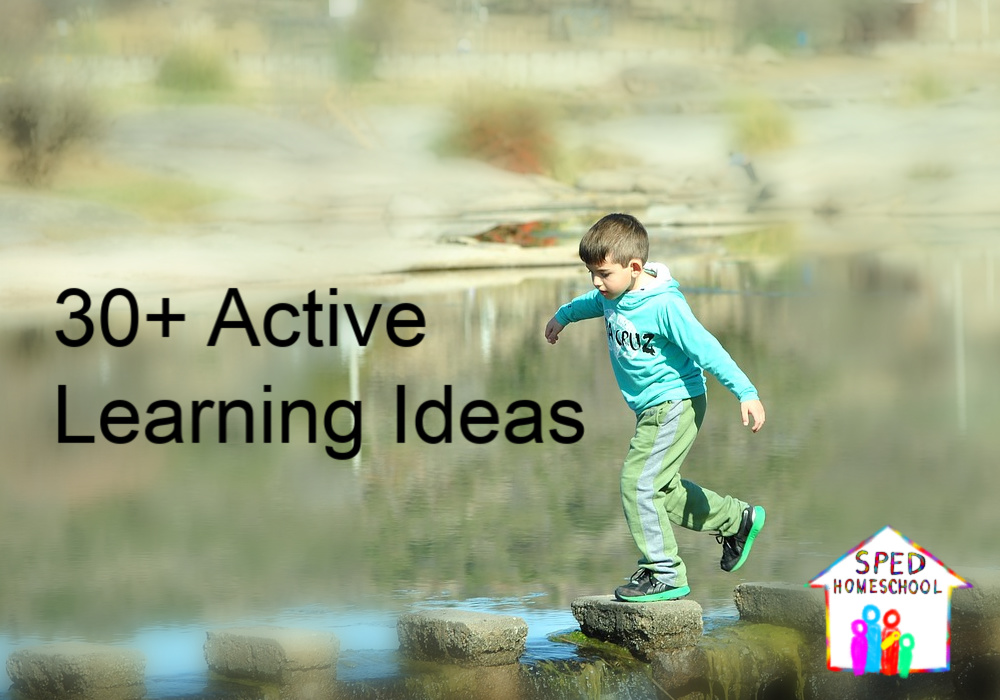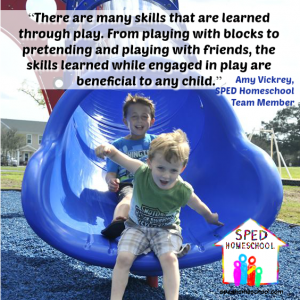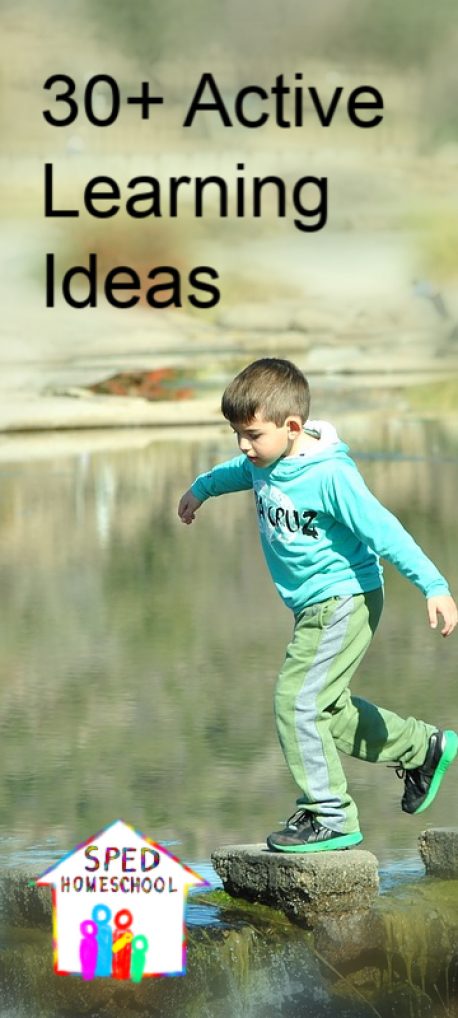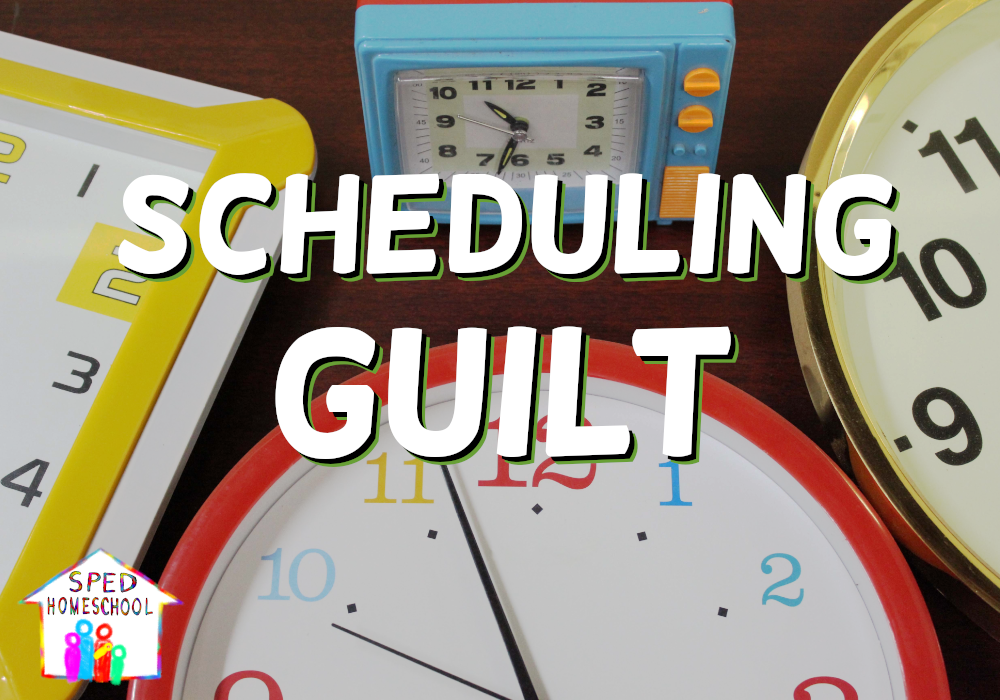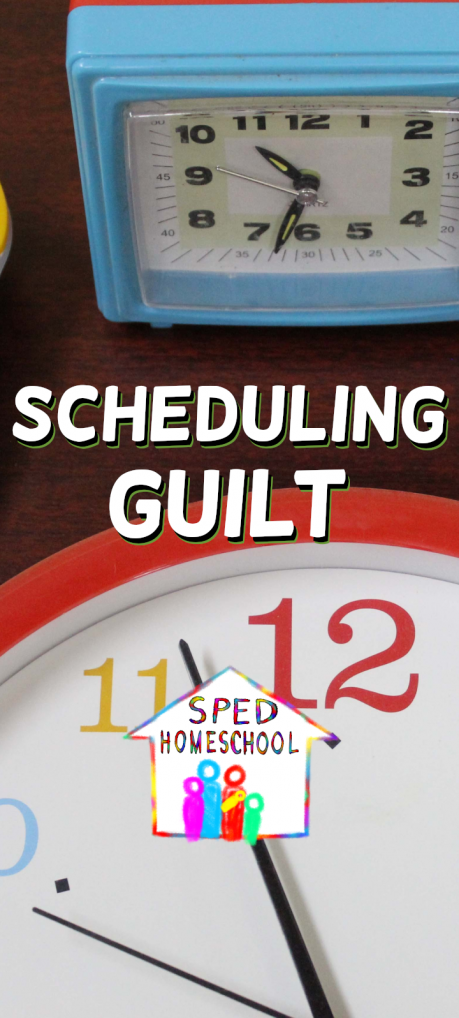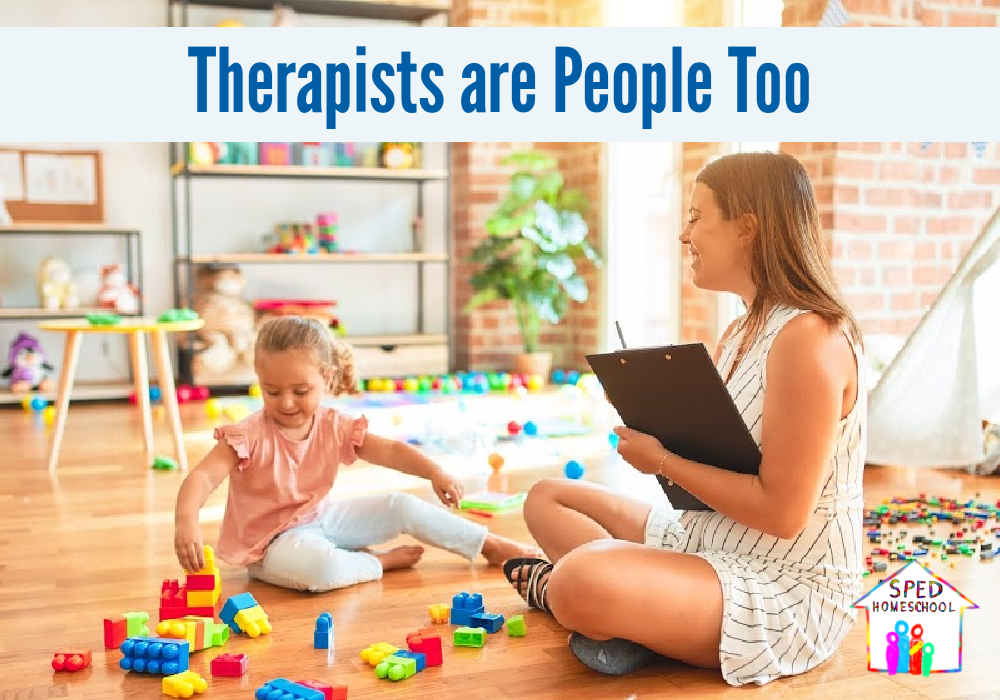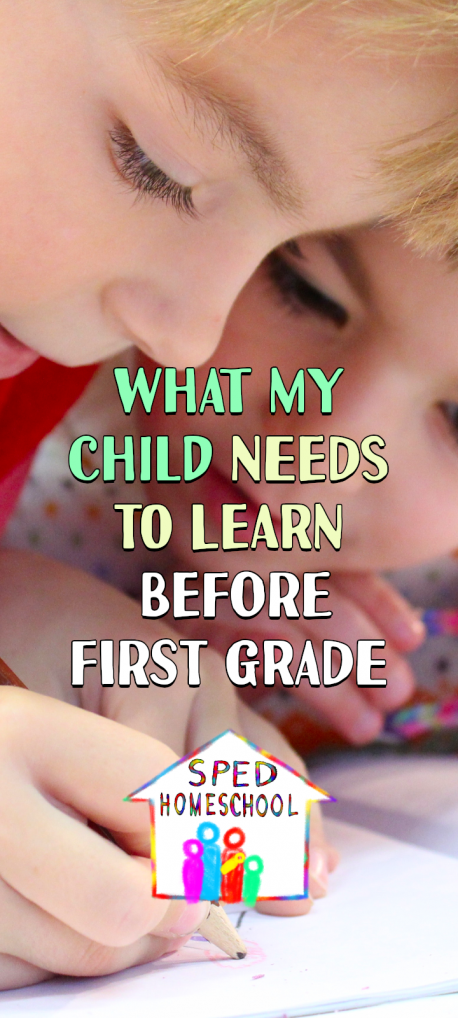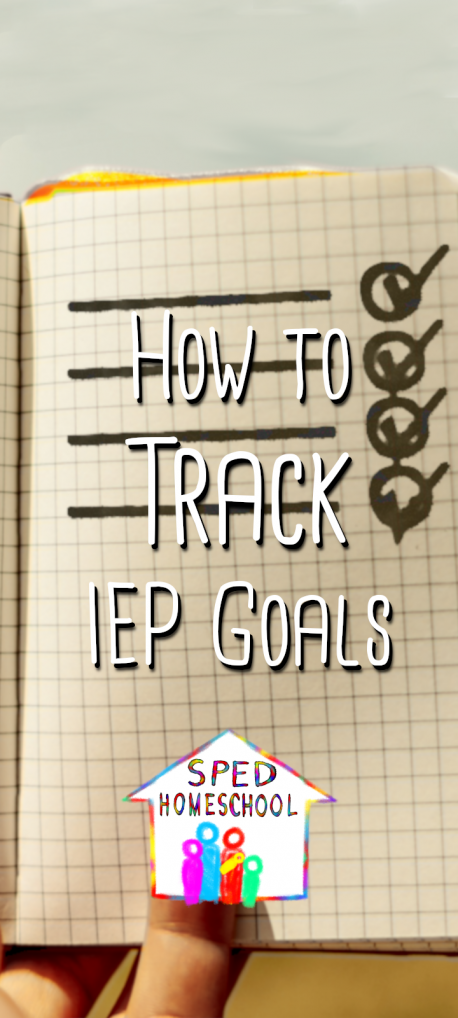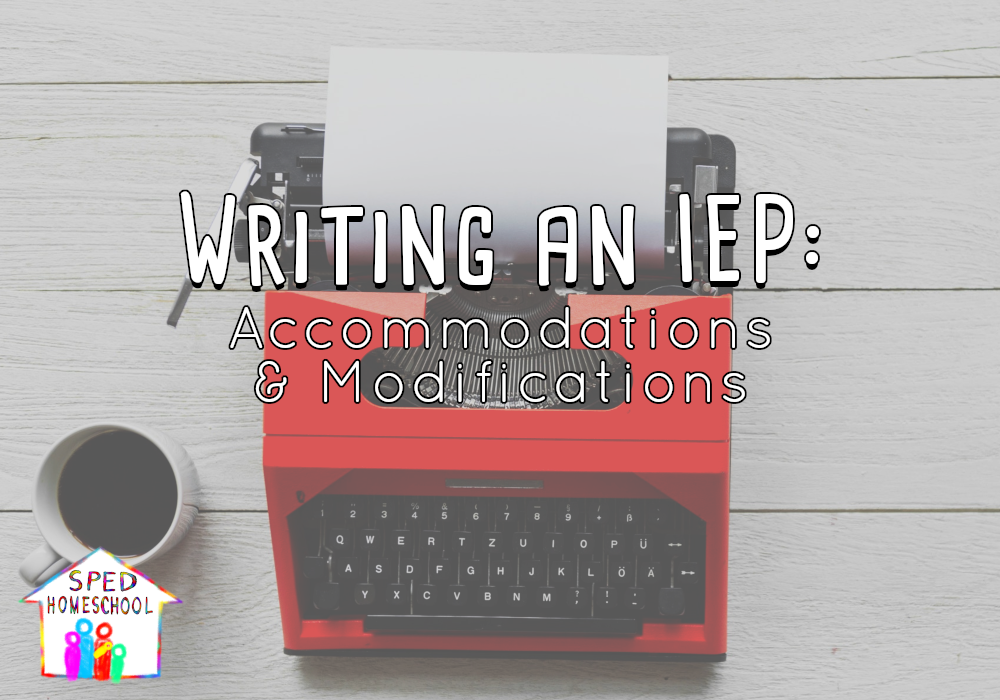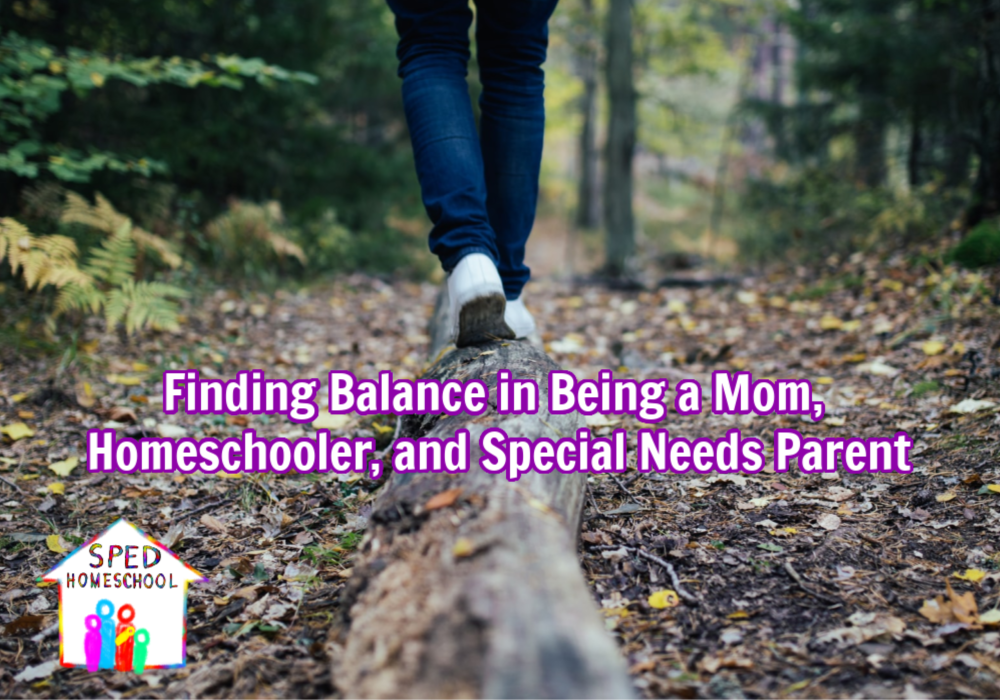
Amy Vickrey
Single mom, working mom, homeschool teacher, mentor, friend, chauffeur, online teacher/tutor, student, and the list goes on. Being a mom with special needs children is hard. Being a single mom is hard. Being a working mom is hard. Add to these roles an autoimmune disorder and the stress of going back to school and …. and … and … it can get overwhelming quickly.
How do I manage all of this? It’s not because I’m SuperMom. Far from it. It’s taken me many years to figure out how to balance everything with relative peace. I still have days where my life is overwhelming. However, I would like to think I am learning each day on how to improve. Here is what I’ve learned I have needed to do to keep the scales from tipping too far off-balance in my own life as well as in the lives of my children.
Scale Balancing Practices:
- Fast meals and sandwiches are okay. My kids have certain things they can grab and eat first thing in the morning and for snacks during the day. This helps me when I am not able to stop and get food for them right at that moment. One trick for us, due to food allergies, is I try to cook up extra (especially breakfast foods) and freeze them so they can be taken out later for another meal.
- Time versus money for setting priorities. I earn less money because I work part-time, but this means I have more time with my boys, which is important to me. Finding the right balance between the money you need to earn and the time you need with your family is essential. It may mean some decisions and choices have to be made, but deciding what you can and cannot live without goes a long way in prioritizing smaller decisions. This goes for curriculum as well when deciding how much time I have to put together a curriculum versus buying something ready to go (new, used or a combination).
- Kids come before work. Sometimes it is tempting to just sit and continue working on school or work. However, I find that putting my kids first, whether it’s taking them outside, reading a book, or just giving some snuggle time, helps them to be calmer during the time I am working. This allows me to get more done.
- Take my days off. I am still working on this one, but this year, I have worked hard to take a day or week off when I could. This has allowed me to rest, focus on my kids, and be ready to go back to work and school when the time comes.
- Find a balance between work and play. This year I have been mindful about scheduling playtime for my kids and me. Going on nature hikes, trips to the park, lunch dates with my 2 favorite boys, and other opportunities to play and be away from work have become an important part of our lives.
- Rest and sleep. I am the type of person that has to have rest. So, whenever possible, I go to bed when my boys do. Even if I don’t go to sleep, I go to bed, put my feet up, have some “me” time, and recharge my batteries. This has helped me feel more rested and ready to go for the following day.
- Taking advantage of downtime. With having classes I need to study for, I have to schedule time to work on my schoolwork. I have found time during my son’s therapy, evenings while the boys are watching a movie and other times when I can focus on my work. By taking this approach, my study time doesn’t take away from time with my boys. This has allowed me to not feel so stressed about trying to get everything done at the expense of not spending enough time with my boys.
- It’s ok to have help. My sister-in-law helps watch my boys while I work, my parents help at times, and my boys attend therapy at an awesome clinic that works on specific skills. Could I do all I do and parent and homeschool well without these things? Possibly. But, it’s also okay for me to have a team to help me carry the burden. This help keeps me from getting overwhelmed and worn out. Each person helps in a specific way and in unique ways, which allows me to focus on what is most important to me and be okay with letting others help me and my boys in the areas they can bless us best.
Yes, every day, it is best to remind myself that being a mom is my first and foremost calling and when I do my best at that everything else falls into place so I can best balance being the mom I want to be for my kids.
Did you benefit from this article?
Would you consider a small donation to support the ongoing work of SPED Homeschool?
Click Here to Donate Today


